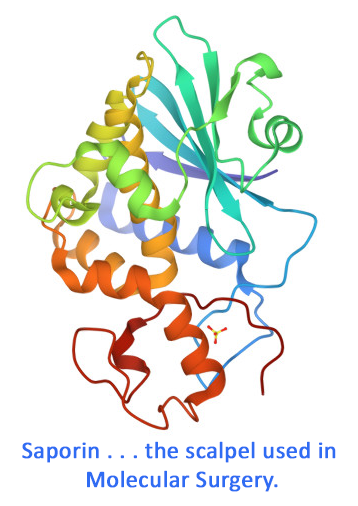Pituitary adenylate cyclase-activating polypeptide (PACAP) is a 38 amino acid neurotrophic factor that is involved in a wide range of nervous system functions including development, differentiation, stress responses, and various aspects of learning and memory. PACAP binds with high affinity to PAC1, VPAC1 and VPAC2 receptors. The PACAP-specific PAC1 receptor is expressed in many places, including: the adrenal medulla, pancreatic acini, uterus, myenteric plexus, trigeminal ganglia, otic ganglia, superior cervical ganglia (pre junctional) and cerebral arteries (post junctional). PAC1 has also been shown to be expressed by non-squamous lung cancer and breast cancer cell lines, and plays a role in the regulation of growth and proliferation of these cells. VPAC receptors display comparable affinity for vasoactive intestinal peptide (VIP) and PACAP. The VPAC receptors are expressed in the central nervous system, pancreas, skeletal muscle, heart, kidney, adipose tissue, testis and stomach. PACAP-SAP eliminates cells that express PAC1, VPAC1, or VPAC2 receptors. PACAP-SAP can be used as an effective tool in your research to study the effects of the absence of these cells in circadian rhythm, heart failure, various aspects of the digestive system, neurological disorders such as PTSD, and paracrine and autocrine regulation of certain cell types.
PACAP-SAP is a bonded toxin between biotinylated pituitary adenylate cyclase activating peptide and the secondary conjugate Streptavidin-ZAP containing the ribosome-inactivating protein, saporin. It specifically eliminates cells expressing VPAC1, VPAC2, or PAC1 receptors.
PACAP-SAP is available individually (Cat. #IT-84) or as a kit (Cat. #KIT-84) which includes PACAP-SAP and Blank-Streptavidin-SAP (Cat. #IT-27B).
keywords: PACAP, VIP, pituitary adenylate cyclase-activating polypeptide neurotrophic factor, vasoactive intestinal peptide, VPAC, VPAC1, VPAC2, PAC1, streptavidin, saporin, learning, memory, circadian rhythm, heart failure, digestive system, PTSD, brain, neuroscience


Reviews
There are no reviews yet.